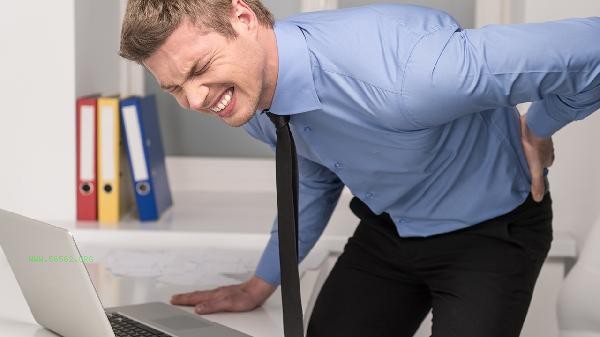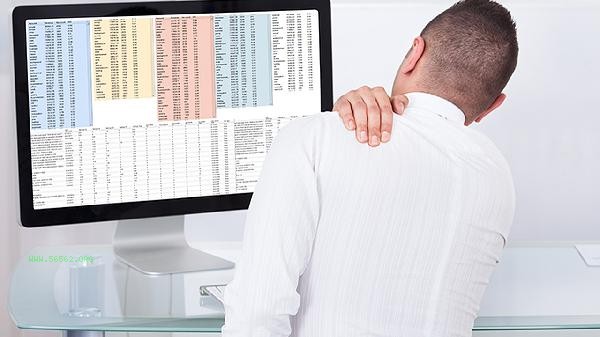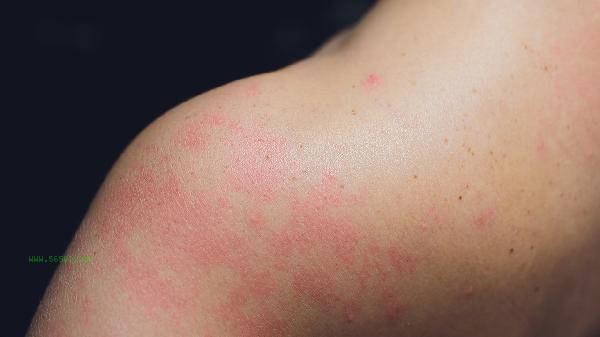The thickening of the back with age is mainly related to factors such as muscle loss, fat accumulation, osteoporosis, and poor posture. The main reasons include muscle atrophy, changes in fat distribution, spinal degeneration, changes in hormone levels, and reduced daily activities.

1. Muscle atrophy
As age increases, the body's muscle mass gradually decreases, especially in the back muscle group. Muscle atrophy can lead to a decrease in back support, making it easier for fat to accumulate in the scapular area and upper back. Regular resistance training such as push ups, elastic band rowing, etc. can help delay muscle loss and improve back line.
2. Changes in Fat Distribution
During the middle-aged and elderly stages, the levels of estrogen or testosterone decrease, which promotes the redistribution of fat from the limbs to the trunk. Visceral fat and subcutaneous fat deposit on the back, forming a "rich and luxurious" appearance. Controlling total calorie intake and increasing the proportion of dietary fiber and high-quality protein can regulate body fat distribution.
3. Degenerative changes in the spine
include dehydration and thinning of intervertebral discs, as well as bone hyperplasia at the edge of the vertebral body, which can lead to kyphosis and visually exacerbate back thickness. Proper supplementation of calcium and vitamin D to avoid prolonged bowing can slow down the process of spinal degeneration.

4. Changes in hormone levels
After menopause, female estrogen levels sharply decrease, while male testosterone levels slowly decrease, both of which accelerate the increase in adipocyte volume. This type of hormone related fat accumulation is mostly concentrated in the shoulders, back, and abdomen, and hormone evaluation should be conducted under the guidance of a doctor if necessary.
5. Reduced daily activities
Insufficient physical activity can accelerate muscle loss and fat accumulation. It is recommended to engage in 3-5 comprehensive exercises per week, including aerobic exercise and strength training. Low impact exercises such as swimming and Tai Chi are more suitable for middle-aged and elderly people.

Comprehensive measures need to be taken to improve back thickening. Pay attention to controlling the intake of refined carbohydrates in diet, and increase anti-inflammatory foods such as deep-sea fish and nuts; In terms of exercise, it is recommended to practice yoga, eight dan brocade, and other exercises to improve body posture; Avoid prolonged sitting in daily life, get up and move for 5 minutes every hour; When sleeping, choose a medium hardness mattress with a pillow height that maintains the natural curvature of the cervical spine. If accompanied by obvious pain or limited mobility, seek medical attention promptly to investigate pathological factors such as ankylosing spondylitis.




Comments (0)
Leave a Comment
No comments yet
Be the first to share your thoughts!